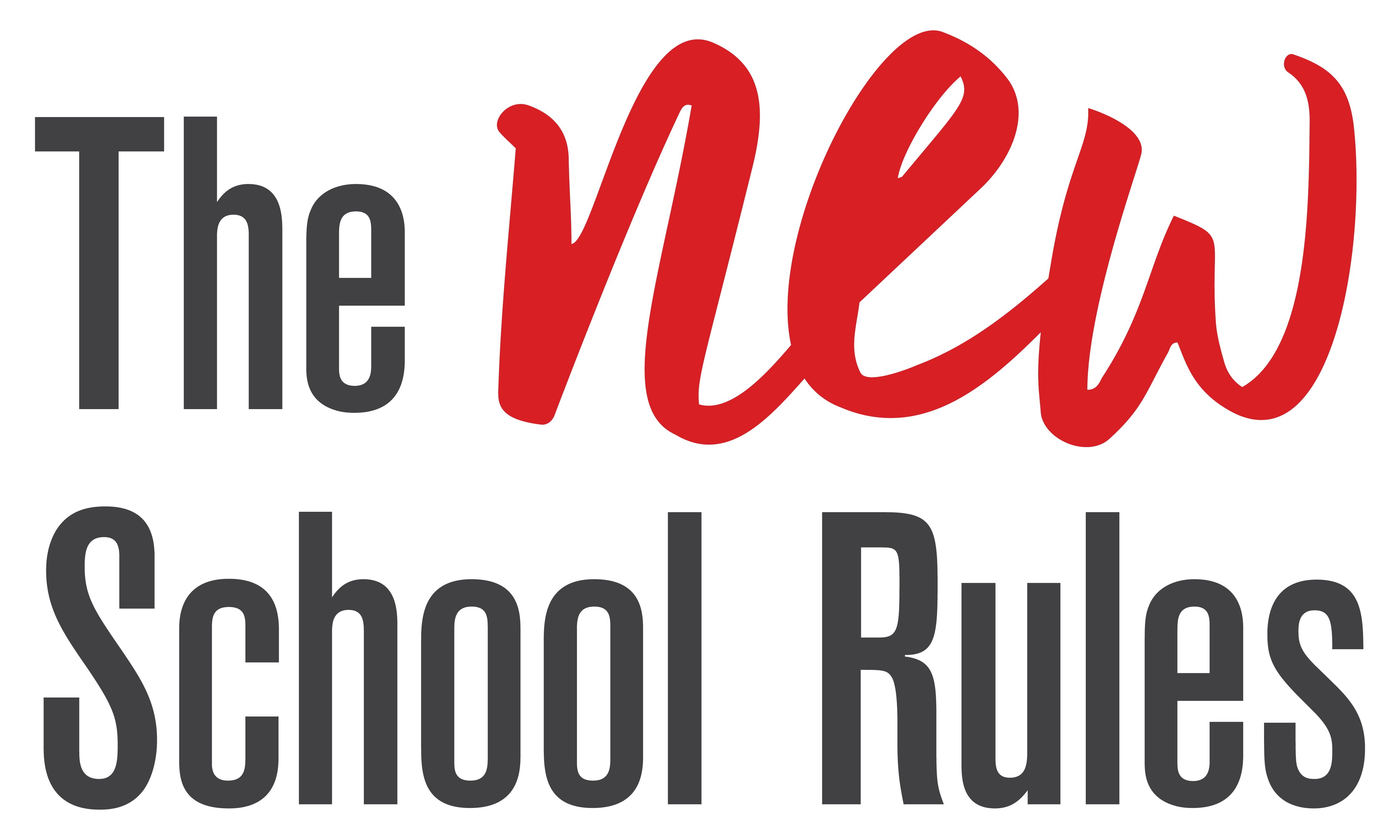Responsive
Roadmap
Where
To Begin
At this point you may have read through the six rules for building responsive organizations and are wondering how to begin. How do you go beyond small, one-time experiments on your own or with your immediate team? How do you actually begin to apply the principles and practices in this book to manifest real change?

How it Works
It can be helpful to imagine the actual flow of how these changes can be introduced and how they might take hold over time. This Responsive Roadmap can be used as-is or, ideally, adapted to your needs. As we discuss in The Learning Organization chapter and elsewhere, the more you can customize these experiments, principles, and practices to your teams and organizations, the more effective and inspiring they will be to everyone involved.
Step 1: Purpose
Description
Clarify and align teams and the organization around a clear and compelling purpose.
Experiments
#1 – Define a Clear Purpose
Timeframe
One hour for initial definition. Revisit on a regular basis to ensure relevance.

Step 2: Protocols
Description
Become fluent in agreed-on guidelines and standards.
Experiments
#8 – Three Language Shifts for Decision-Making Discussions
#9 – Protocol for a Starting Proposal
Timeframe
Two to four months with weekly or biweekly practice. A steady cadence and maximum participation are key.

Step 3: Data
Description
Solicit and share information effectively.
Experiments
#2 – Delineate Between What You Know and What You Anticipate
#3 – Offer Feedback as Data
#6 – The One Question Technique
#7 – Guidelines for Being an Effective Sensor
#11 – Say “Thank You” for Asking
#12 – The 3 x 3 Rule
Timeframe
Daily or weekly practice and continuous improvement.

Step 4: Mindsets and Habits
Description
Deepen commitment and solidify a responsive culture.
Experiments
#10 – Default to Yes and Defend No
#13 – Start a Reflection Practice
#14 – Create a Habit of Learning Everyday
Timeframe
Daily or weekly practice and continuous improvement.

Step 5: Systems Practices
Description
Revisit, question, and revise.
Experiments
#5 – Role Mapping
#15 – Personal Portfolios
Timeframe
Four hours quarterly or semi-annually.

Here’s what we’re reading and writing
Articles, reports, and activities related to The NEW School Rules

Reboot Our Schools
We need to reorganize our schools to mirror our day-to-day lives so formal learning is more relevant to students and the school workplace is more appealing to our teachers.

Workout #3A
This workout supports you in building skills for Managing Roles Rule #3. It helps you practice regrouping roles and accountabilities.

Rethink Consensus
Consensus as a strategy is often overused and misused. Instead of defaulting to consensus, we need to focus on how to get clearer about roles and authority.


